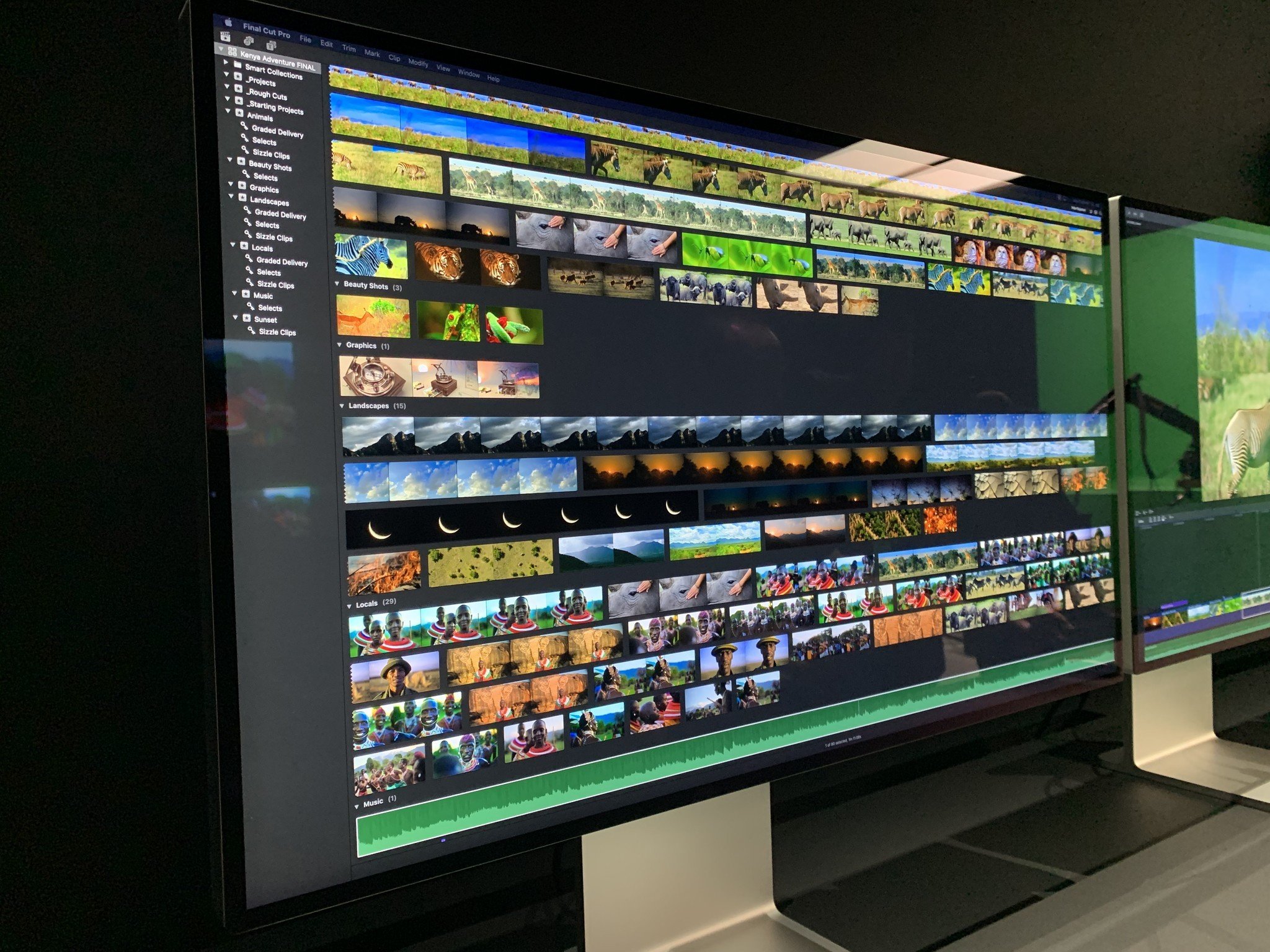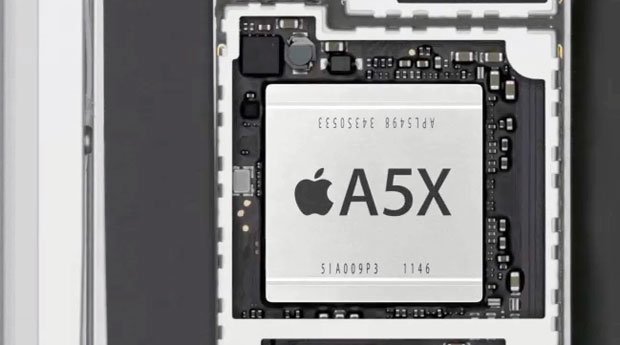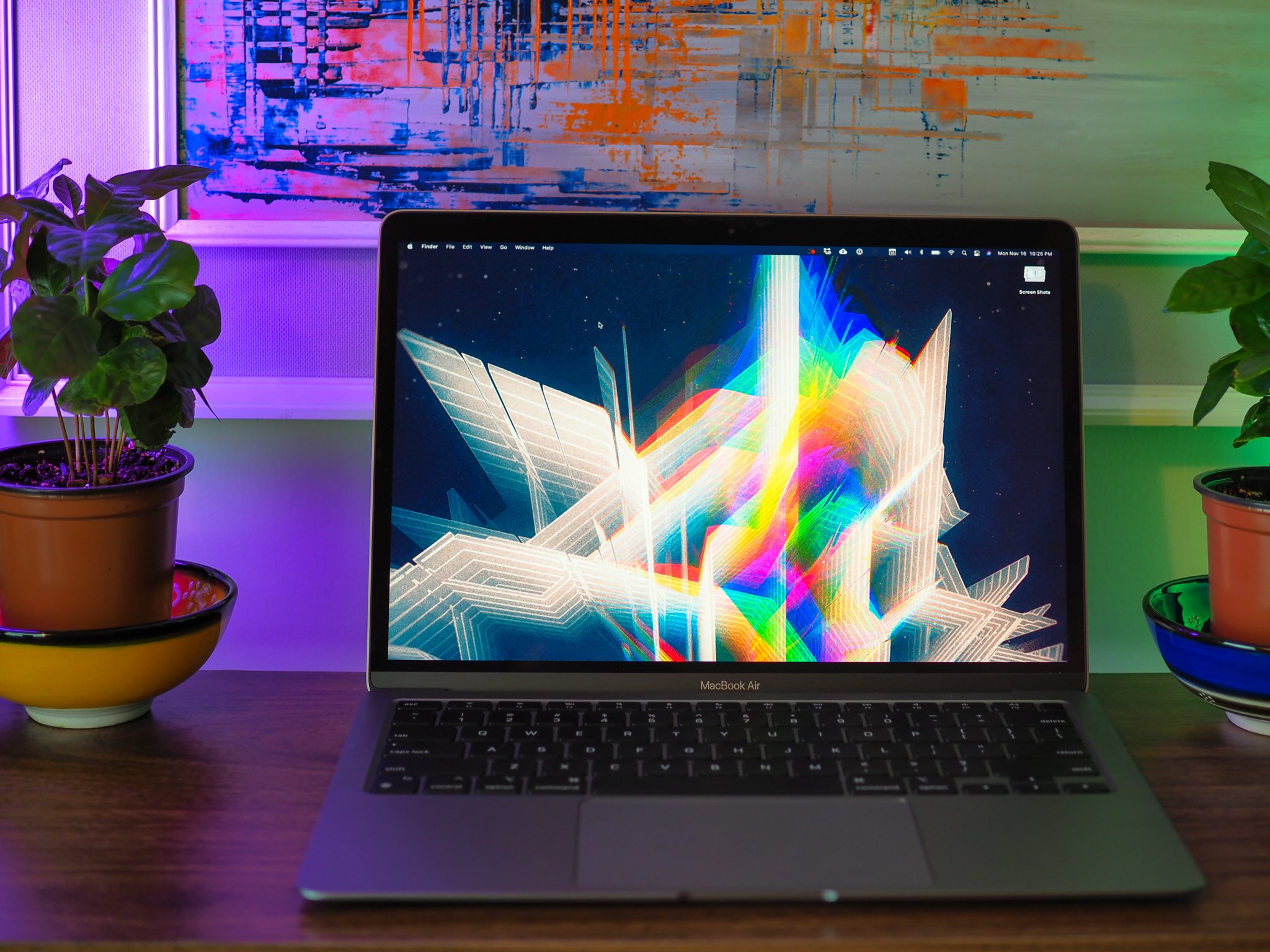M1X vs M2 — What's in the next MacBook Pro?

M1X vs M2, the next extension vs the next generation of Apple silicon for the Mac. So... why is there so much confusion and misinformation just swirling all around about what they are and where they'll show up?
Yeah, grab a beverage, maybe a snack. We're getting super nerdy with this…!
Silicon generations
Nikkei just pushed out a piece on the M2 and Bloomberg previously reported on what we're colloquially calling the M1X, basically, the chipsets all of us nerds are waiting for to run the higher-end MacBooks Pro, Mac mini, iMacs, and the eventual Mac Pro and redesigned MacBook Air that we've been waiting for. Clamoring for! But these names, M2 and M1X are being thrown around… almost willy-nilly, and so I think it'd be super useful, really a convenience to just clarify what they actually mean.
So, historically, there're two ways Apple iterates on their silicon. The first is generation. A11, A12. The numbers go up. They get higher. The other is extension. A12X, A12Z. The letters get added. The name gets wider.
Generations are architectural generations. IP generations. Apple's been incrementing those every year, on the year. With things like custom CPUs, custom GPUs, neural engines, and machine learning accelerators, by moving to 7-nanometer then 5-nanometer processes, moving to 64bit and the ARMv8 instruction set architecture, or ISA, those sorts of things.
The first generation was the A4, introduced in 2010 with the original iPad, and then the iPhone 4. We're currently on the 11th generation, the A14 Bionic, introduced in 2020 with the iPad Air and iPhone 12.
But also the M1 introduced just a month later with the first round of Apple Silicon Macs, the MacBook Air, 2-port MacBook Pro, and newly re-silvered Mac mini. Now the fruit-flavored… colored! Entry-level iMacs.
Master your iPhone in minutes
iMore offers spot-on advice and guidance from our team of experts, with decades of Apple device experience to lean on. Learn more with iMore!
Architechture extensions

And that brings us to the extensions. The feature extensions. Apple started that with the A5X for the first Retina iPad in 2012. And they've typically done it by increasing the number of compute engines. Adding extra computer units — extra CPU and GPU cores. Increasing the memory bandwidth. That sort of thing.
But… Apple hasn't iterated those every year on the year. There was no A7X or A11X or A13X. And there's been no A14X. Well, technically there has… but Apple-branded it the M1.
It's the same silicon generation and architecture as the A14. Same CPU and GPU cores. It just has two additional high-performance cores and four additional GPU cores. Just like the A12X was the same generation and architecture as the A12, just with two additional high-performance cores and 4 additional GPU cores.
Apple just also extended the M1 with a couple of thunderbolt controllers on-package, and some extra IP for hypervisor and x86 translation.
Otherwise, it's the same playbook Apple's been executing on for years — higher generations, from A12 to A13 to A14, and wider feature sets, from A12X and A12Z to A14 and… M1.
Fewer cores, lower power draw for tiny thermal envelopes like the iPhone, more cores, higher power draw for bigger thermal envelopes like the iPad Pro and, now, the Mac.
So, what does this mean for an M1X or M2?
M1X for this generation Pro Macs
Well, if Apple sticks to pattern — and Apple always sticks to pattern until they don't… surprisingly often right after I make a video… but don't worry, I don't take any of this personally… I just want to make sure you have the very best information possible at any given moment.
Anyway… if Apple sticks to pattern, M1X would be a further extension of the current 11th generation architecture. A further extension of the M1. So, instead of 8 CPU and 8 GPU cores, it could have 12 or 16, maybe even 32 or 64 or conceivably more at some point. You know, along with up to 32 or 64 GB of RAM, 4 or more Thunderbolt Controllers, that sort of thing.
So single-core performance would probably be the same. And I only say probably because Apple could always play with frequencies on the higher-end machines. The ultra low power ones maybe sacrifice some frequency for a good amount of battery life. But the higher end might have more battery or just be willing to prioritize frequency. But otherwise, yeah, core for core, the same. Just way more cores. Way way more.
M2 for next-generation ultra-low power Macs

M2… well, M2 would then be the next generation of Apple silicon. The 12th generation. Right alongside the A15 that we're all expecting to see in the iPhone 12s this fall.
And with that, we'll probably see the same kind of single-core improvements we've seen over the last many years. About 20% for the CPU, more for the GPU if Apple pushes hard on them.
And that may come from process improvement going from the 5-nanometer to 5P — 5Plus — process, maybe if they adopt and get anything out of the new ArmV9 instruction set, and then whatever architectural optimizations and improvements they already have on their roadmaps, the stuff that's given them those single core boosts year-over-year for the last many years.
What's in a (brand) name
Could Apple change things up and call the M1X the M2 because it might sound better in marketing for those higher-end Macs? Sure. Again, Apple sticks to patterns until they don't. But… I don't like it. It burns through the numbers too fast, it muddles up the generations and makes them even more confusing, and then what would Apple call the actual next-generation chipsets? What would they put into the next-generation, redesigned MacBook Air?
I mean, Apple used the M1 branding for the iPad Pro, not A14X, so never say never, but I will say… can you not?
In terms of time frames, we could get the M1X at any time. I mean, the sooner I need that 16-inch MacBook Pro and iMac Pro in my life the better, right? WWDC kicks off June 7th, I hope and dream.
For M2, we got the M1 right after the A14 it was based on last fall, so we could get the M2 right after the A15 that it'll presumably be based on this fall.
That's what apple did with the A12 and A12X in 2018 as well. But, Apple sometimes waited longer, and also, sometimes skipped a generation. I mean, after the A5X for the first Retina iPad in 2012, there was an A6X, but there was never an A7X, Apple just skipped that. Never an A11X or A13X either. Apple skipped them to. And, of course, the A14X ended up being the M1.
Because, again, essentially the same thing. Just like the A12Z from the previous iPad Pro is what Apple shoved into the Mac mini and slapped macOS on for developers to transition their apps from Intel to Apple silicon.
All this to say, even if Apple keeps pushing out new generations of A-series chips for the iPhone every year like they have been for the last 11 years, there's no guarantee they'll make M versions for each of those generations. I'd love it if they would, but this is a whole new game and we just have to wait and see how Apple plays it.

Rene Ritchie is one of the most respected Apple analysts in the business, reaching a combined audience of over 40 million readers a month. His YouTube channel, Vector, has over 90 thousand subscribers and 14 million views and his podcasts, including Debug, have been downloaded over 20 million times. He also regularly co-hosts MacBreak Weekly for the TWiT network and co-hosted CES Live! and Talk Mobile. Based in Montreal, Rene is a former director of product marketing, web developer, and graphic designer. He's authored several books and appeared on numerous television and radio segments to discuss Apple and the technology industry. When not working, he likes to cook, grapple, and spend time with his friends and family.
